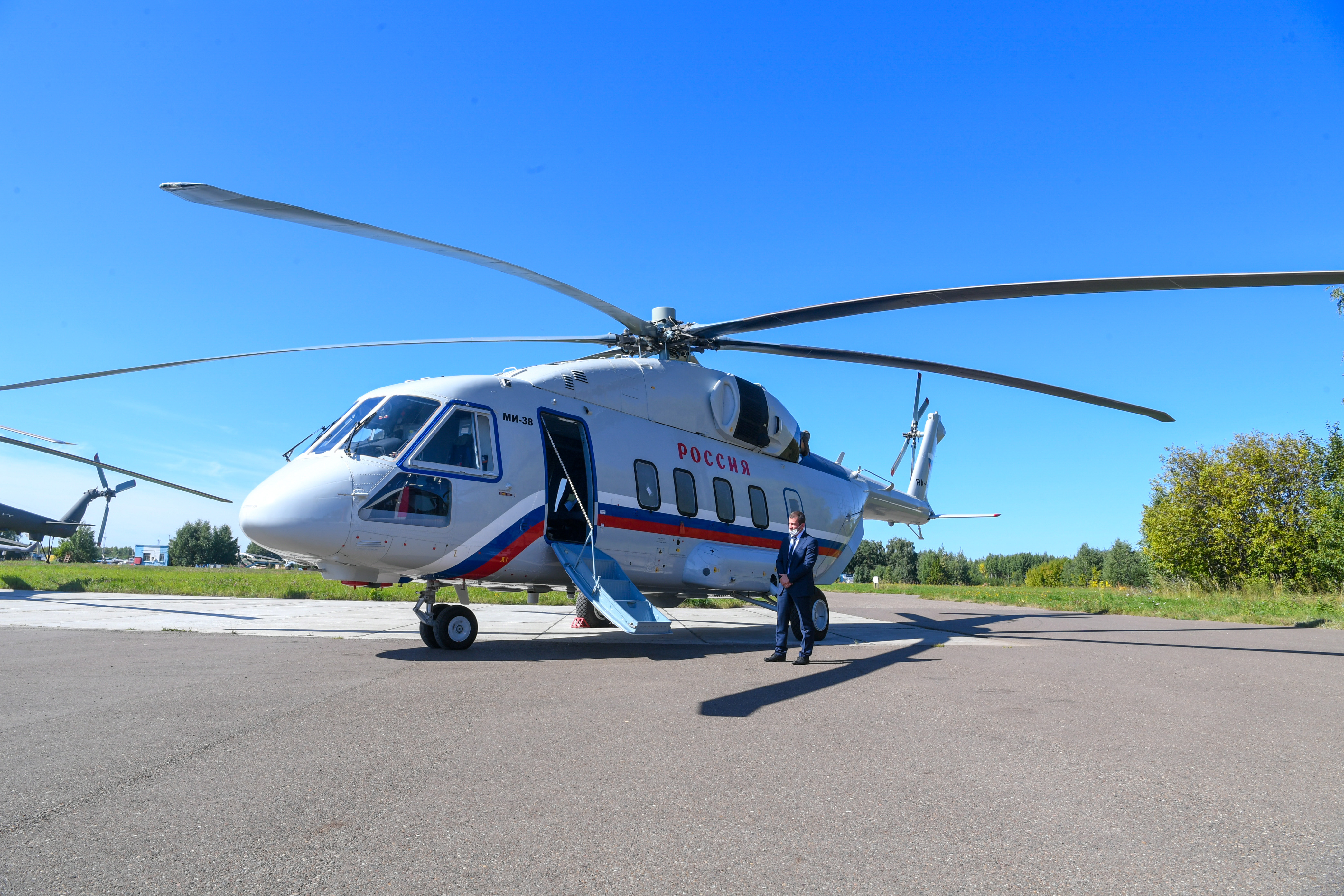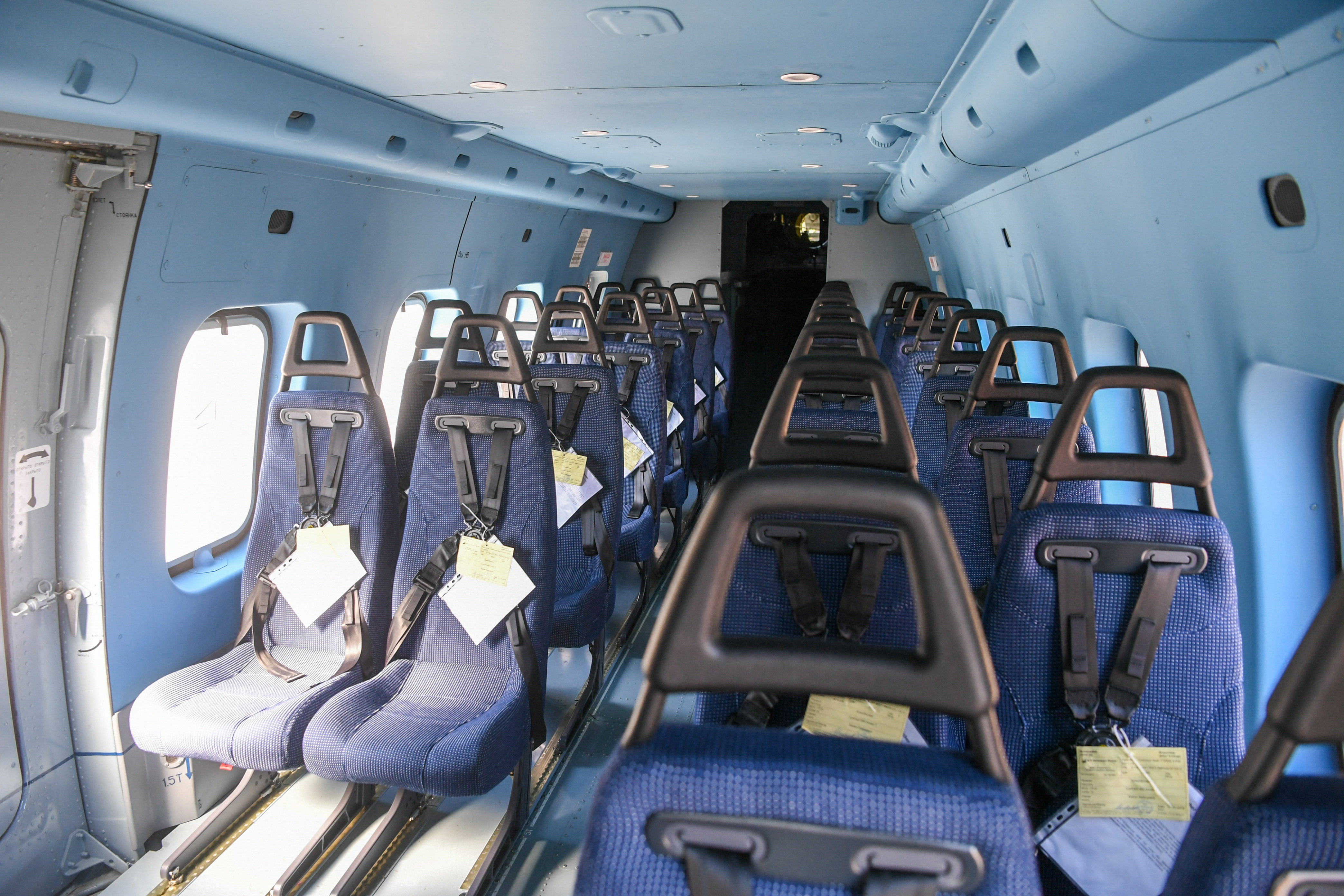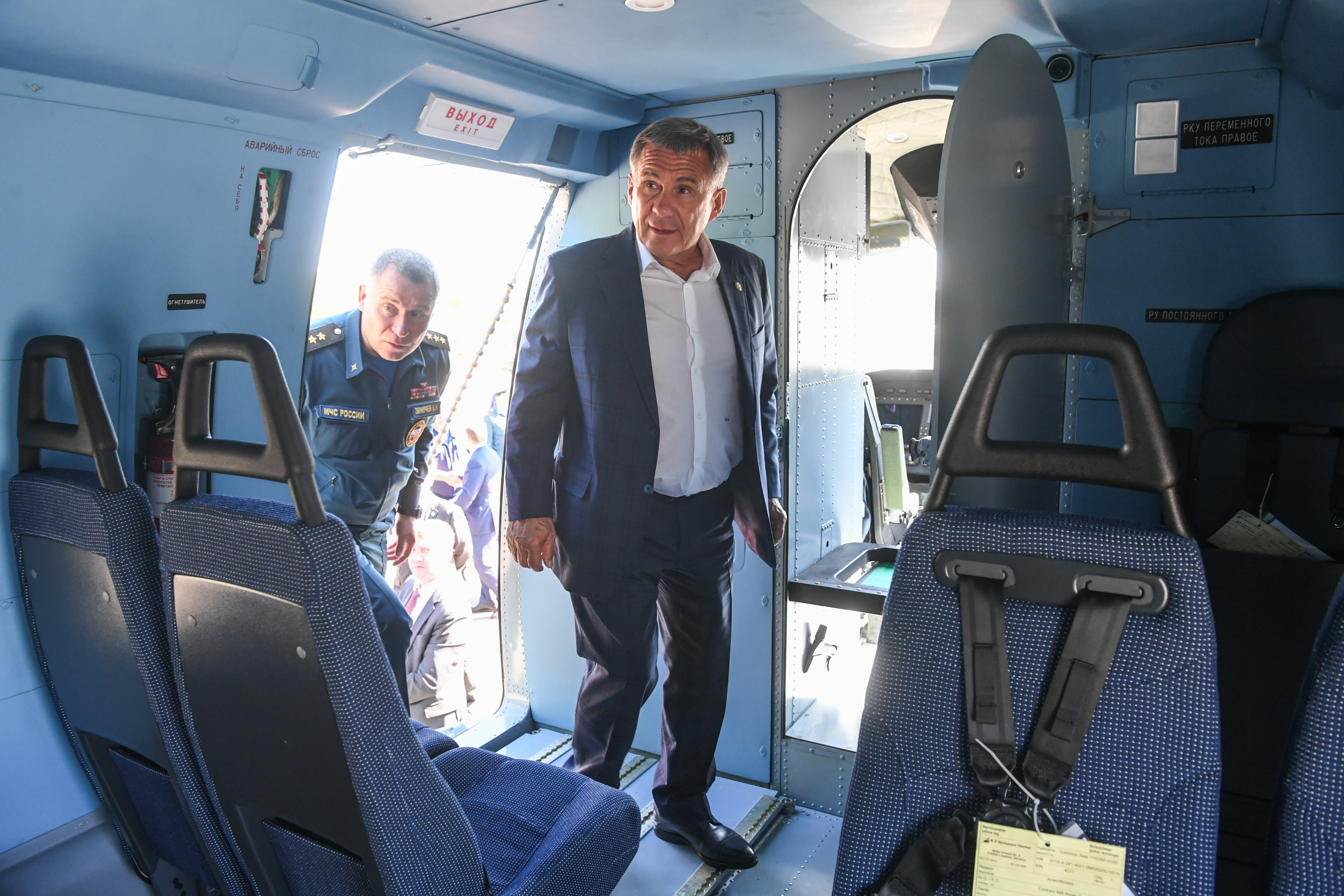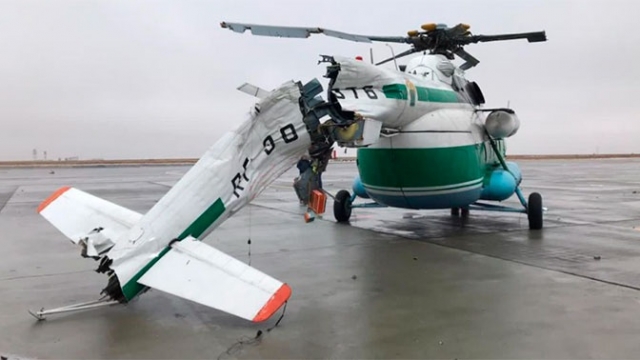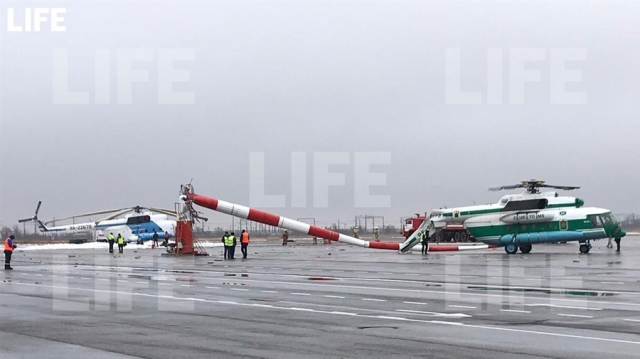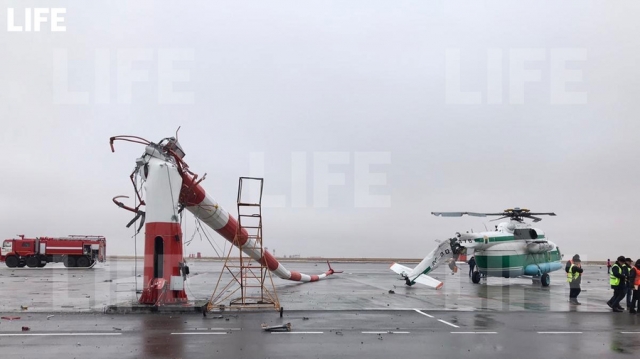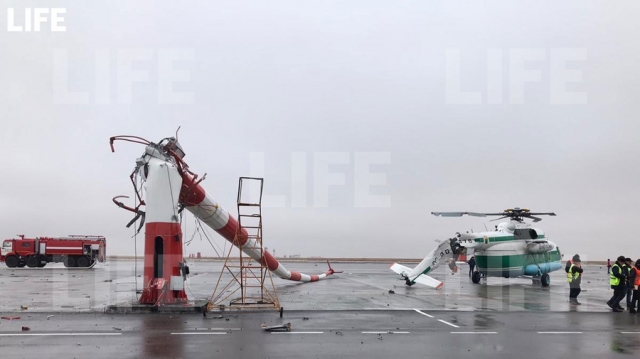
Russian Helicopters holding company has launched serial production of the upgraded Mi-35P attack helicopter at the Rostvertol plant for its first export order.
"Mi-35P combines the best qualities of the legendary Mi-24 family, hardened in air combat around the world, and the latest Russian achievements in the field of avionics. We have launched serial production of Mi-35P under the first contract with a foreign customer”, said the Director General of Russian Helicopters Andrey Boginsky.
The first serial model completed its type-specific flight tests, receiving confirmation of the declared performance characteristics and implemented changes in its design.
During the tests, taking place on the premises of Rostvertol and the National Helicopter Center Мil&Kamov, Mi-35P performed a number of flights using new weapons and onboard equipment. The tests resulted into finalization of the helicopter's design documentation, confirming the model's readiness for mass production.
The upgraded Mi-35P is equipped with an upgraded target sight system with 3rd generation long-wave matrix thermal imaging, a high-resolution color TV camera and a laser rangefinder.

he helicopter also comes with modern 3+ generation night vision goggles and a set of external and internal lighting equipment adapted for the use with them. New digital flight control system improves the controllability and stability of the helicopter and provides automation of piloting processes to support the pilot. In addition, a modernized targeting and computing system will increase the accuracy of target engagement.
Mi-35P is armed with a mobile 23 mm twin-barreled cannon and S-8 rockets, and can be refitted with suspended containers with 23 mm cannons, S-13 rockets, Ataka ATGM's with a twin-channel control system, with Vikhr-1 or Vikhr-1M guided missiles.
Improved performance in combination with the improved flight and navigation systems allow Mi-35P to fly at any time of the day in simple or moderately difficult weather conditions, both under visual and instrument flying rules, in diverse geographical conditions, including over non-landmark terrain.
Upgraded Mi-35P is being be demonstrated at the International Military-Technical Forum ARMY-2020.








